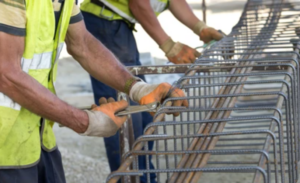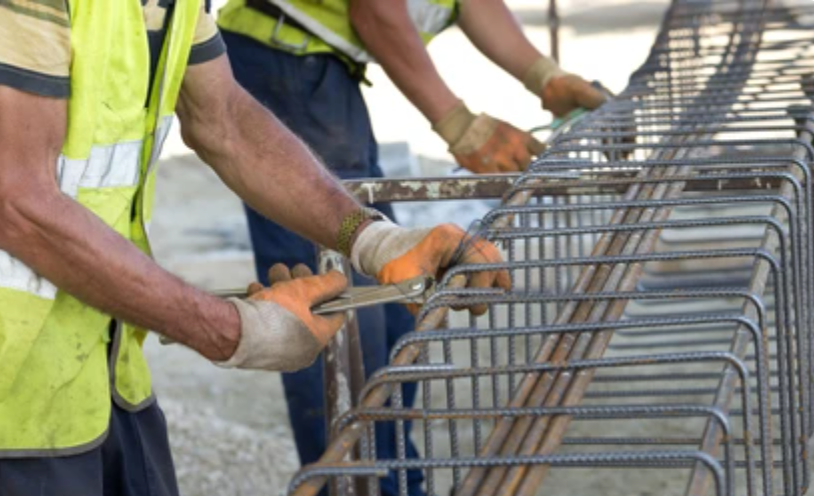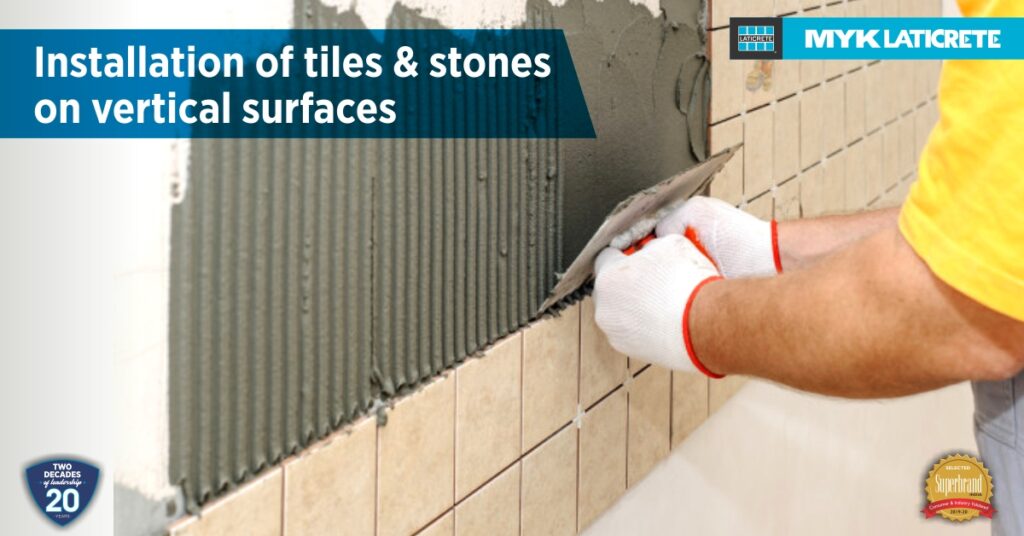
Rebar plays a crucial role in construction, providing the necessary strength and durability to concrete structures. However, simply placing reinforcement bars isn’t enough—accurate planning and detailing are essential for structural integrity. This is where rebar detailing services come in, ensuring that every bar is placed correctly for maximum efficiency and safety.
If you’re new to rebar detailing, this guide will help you understand its importance and how it supports structural engineering services in modern construction.
What Are Rebar Detailing Services?
Rebar detailing services involve creating precise drawings, schedules, and specifications for reinforcement bars used in concrete structures. These detailed plans help fabricators, contractors, and site engineers ensure that rebars are placed and installed correctly, minimizing errors and material waste.
Using advanced software tools like AutoCAD, Revit, and Tekla, detailing experts produce highly accurate 2D and 3D models that help visualize the reinforcement framework before construction begins.
Why Are Rebar Detailing Services Important?
Enhancing Structural Integrity
Rebar detailing ensures that reinforcement is properly designed to support the loads and stresses a structure will experience. Without accurate detailing, the risk of weak points, cracks, or even structural failure increases.
Reducing Material Waste and Cost
Precise detailing minimizes errors in fabrication and installation, preventing unnecessary material usage. Contractors can order the exact quantity of rebar needed, reducing project costs and avoiding delays.
Improving Construction Efficiency
With clear detailing drawings, workers on-site can follow accurate placement guidelines, reducing confusion and rework. This speeds up the construction process and ensures the project stays on schedule.
Ensuring Compliance with Building Codes
Every construction project must meet specific structural and safety standards. Rebar detailing ensures that designs adhere to local and international building codes, avoiding legal and safety issues.
Enhancing Collaboration Among Teams
Rebar detailing services work in coordination with structural engineering services, architects, and contractors. By providing clear and detailed reinforcement plans, teams can collaborate effectively, reducing design conflicts and improving workflow.
Key Components of Rebar Detailing
A well-detailed rebar plan includes:
- Bar bending schedules (BBS): These provide detailed instructions on the cutting, bending, and placement of rebar.
- Rebar shop drawings: These show the exact positioning of rebar in slabs, beams, columns, and foundations.
- 3D rebar models: Advanced detailing services create digital models that allow teams to visualize the reinforcement structure before construction begins.
How Structural Engineering Services Benefit from Rebar Detailing
Rebar detailing is a crucial part of structural engineering services, as it ensures the strength and stability of buildings, bridges, and other concrete structures. Structural engineers rely on accurate rebar detailing to:
- Design load-bearing structures that can withstand environmental stresses.
- Optimize material use to enhance sustainability.
- Prevent construction errors that could lead to costly repairs or failures.
Conclusion
Rebar detailing services are essential for ensuring the durability, safety, and cost-efficiency of construction projects. By integrating accurate detailing into structural engineering services, construction teams can improve project outcomes, reduce material waste, and ensure compliance with safety standards. Whether working on a small residential building or a large infrastructure project, investing in professional rebar detailing can make all the difference in achieving a strong and reliable structure.



